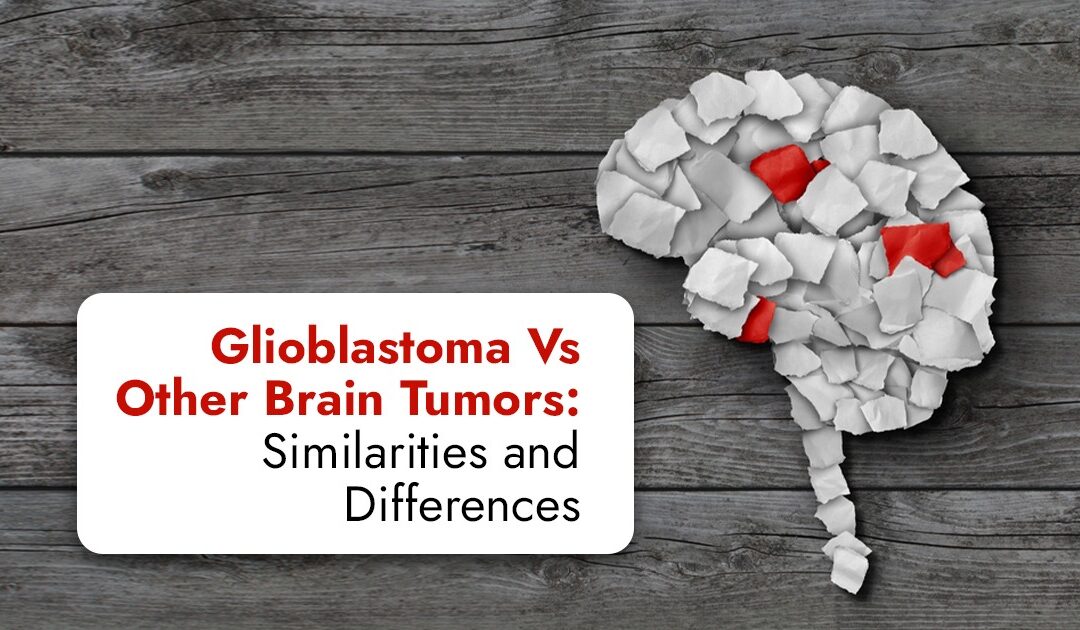Glioblastoma, a lethal, complicated and treatment-resistant cancer, constitutes over 50% of adult cases of cancerous brain tumors. Glioblastoma is a malignancy that begins with the development of cells in the brain or spinal cord. It grows rapidly and has the ability to invade and destroy healthy tissue. Glioblastoma symptoms might include persistent headaches, nausea and vomiting, blackouts, blurred or double vision, seizures, and more. There is currently no cure for glioblastoma. Treatments may delay cancer progression and alleviate symptoms.
Glioblastoma is more common in older persons, therefore getting older is a risk factor. Ionizing radiation exposure, such as during medical procedures or in some occupational contexts, can heighten the risk. In addition, inherited genetic abnormalities can also make people more likely to develop glioblastoma.
A brain tumor is an abnormal growth of cells in or near the brain. Brain tumors can develop in or near the brain tissue. Not all brain tumors are malignant. Noncancerous brain tumors can grow and put pressure on brain tissue over time. Brain tumors have the potential to grow rapidly and can range in size. Cancer cells have the ability to penetrate and damage brain tissue. Surgery and radiation therapy are common treatments for a brain tumor.
There are numerous types of brain tumors. The type of brain tumor is determined by the sort of cells that comprise the tumor. Brain tumor types include gliomas, meningiomas, acoustic neuromas, pituitary adenomas, craniopharyngiomas, osteomas, and many more.
Glioblastoma and other brain cancers are similar on some fronts because they are both caused by abnormal brain cells, present with overlapping symptoms such as headaches, and seizures, and frequently require similar diagnostic methods such as MRI and CT scans. Surgical intervention, radiation therapy, and chemotherapy are popular treatment techniques for both, while the specific strategies and outcomes differ depending on the tumor type and severity.
Following are the differences:
|
Glioblastoma |
Other Brain Tumors |
|
Very aggressive |
Not all tumors are aggressive |
|
Symptoms develop quicker (days to months) |
Symptoms develop slower (months to years) |
|
Size of the tumor can double within weeks |
Can take several months or years for tumor to grow |
|
Also requires Chemotherapy along with Surgery and Radiation Therapy |
Surgery and Radiation Therapy are most important |
|
Survival rate – 12 to 18 months |
Survival rate – more than a year |
Glioblastoma is the most powerful and deadliest among brain tumors. This tumor, distinguished by its relentless aggression and ability to invade healthy brain tissue, presents a substantial challenge to medical practitioners. While glioblastoma shares some characteristics with other brain tumors, its rapid growth, resistance to therapy, and catastrophic impact on patients highlight its distinct nature. A thorough understanding of the condition is required to establish effective therapy options and improve patient outcomes.

